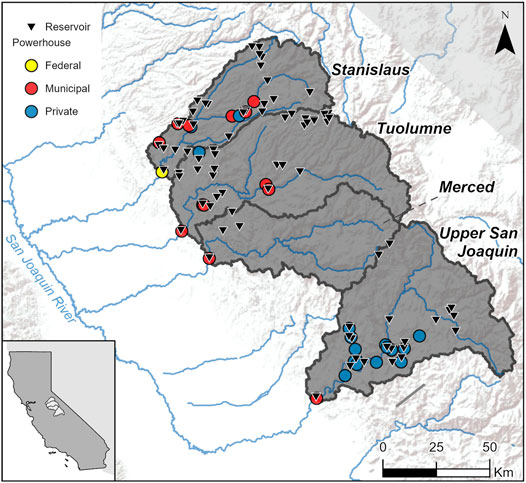The article discusses the complex relationship between hydropower generation and environmental flow management in the context of climate change in California’s San Joaquin watershed. While hydropower is a significant renewable energy source, it can severely degrade river ecosystems. Planned hydropower projects may reduce free-flowing rivers and further disrupt natural hydrologic cycles. Research has established the negative effects of altered flow regimes on ecosystems and highlighted the need for environmental flow assessments that account for the physical and biogeochemical factors influencing aquatic life.
This study evaluates alternative environmental flow strategies to balance ecological needs with hydropower production, focusing on the San Joaquin watershed’s multi-objective reservoirs. Three strategies were compared: a baseline instream flow strategy, a fixed percentage of full natural flow (40% FNF), and a functional flows approach based on ecological requirements. Results indicate that while the functional flows strategy improved ecological outcomes, it could lead to reductions in water deliveries for non-environmental uses, particularly in dry years. The findings reveal the need for integrated water management that considers trade-offs between hydropower generation, environmental health, and water supply.
The study highlights the vulnerabilities of hydropower operations to climate change challenges, with adaptations necessary to maintain energy production while meeting environmental needs. Incorporating functional flow strategies may increase ecological resilience, though implementing these policies could require significant infrastructure adjustments. Ultimately, the research advocates for a collaborative approach incorporating climate projections and diverse management strategies to ensure sustainable freshwater ecosystem health and water resource management in the face of ongoing environmental challenges.


